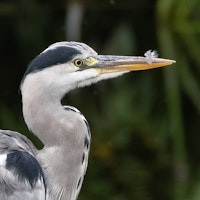
Grey Herons
Grey Heron
The Grey Heron, a large wading bird with long legs and a sharp beak, is a common sight in Ireland's wetlands and rivers. It is a solitary hunter, preying on fish, frogs, and small mammals.

Description:
The Grey Heron is a large wading bird that is easily recognised by its long beak and grey, white and black plumage. It has long legs and a distinctive 'S' shaped neck, which it often coils in flight. Its wings are broad and rounded, and it has a long, pointed tail.
What they eat:
Grey Herons are carnivores and feed on a variety of prey including fish, frogs, small mammals, and insects. They are known to hunt alone or in groups and are also known to steal food from other birds.
Habitat:
Grey Herons are found near water sources, such as rivers, lakes, and estuaries. They are found across Europe, Asia, Africa and Australia, preferring marshy areas or shallow water with plenty of vegetation.
Size and Wingspan:
Grey Herons are one of the largest wading birds in Europe, standing up to 1 metre tall with a wingspan of up to 1.8 metres. They can weigh up to 2 kg.
Male/Female Difference:
Males and females look similar, with males being slightly larger than females. During breeding season, males may display brighter plumage and make courtship displays.
Where to find:
Grey Herons are found throughout Ireland, with populations in both rural and urban areas. They are often seen in parks, gardens, and along the coast.
What months can be found in Ireland:
Grey Herons can be found in Ireland all year round, although they may be more abundant during the winter months when migratory populations arrive.
Interesting Note:
Grey Herons are known for their 'stillness' – they can remain motionless for long periods of time before striking at their prey. They are also known for their unique nesting behaviour, building large stick nests in trees or on cliffs, often in large groups called 'heronries'.
Other Birds of Ireland...
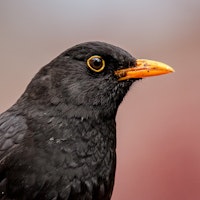
Blackbird
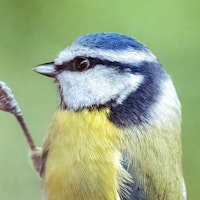
Blue Tit
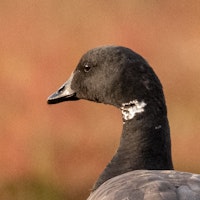
Brent Goose
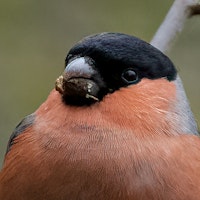
Bullfinch

Buzzard

Chaffinch
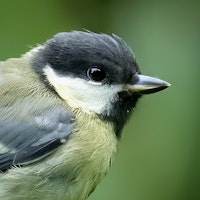
Coal Tit
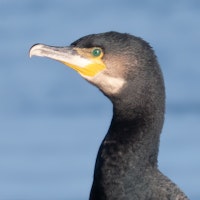
Cormorant
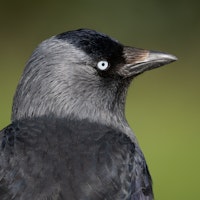
Crow
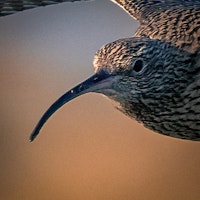
Curlew
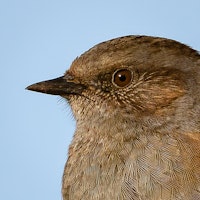
Dunnock

Eurasian Jay
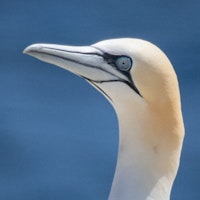
Gannet
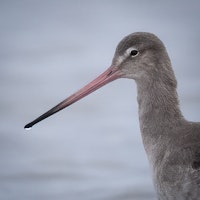
Godwit
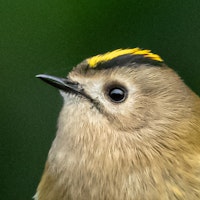
Goldcrest

Grey Heron
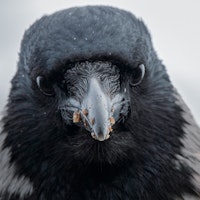
Hooded Crow
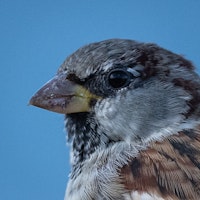
House Sparrow

Kestrel
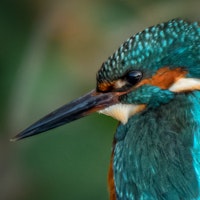
Kingfisher

Lapwing

Little Egret

Long Eared Owl

Long-tailed Tit

Mallard Duck

Merlin

Moorhen

Mute Swan

Oyster Catcher

Peregrine Falcon

Pied Wagtail

Pintail

Puffin

Red Kite

Redshank

Robin

Rook

Sanderling
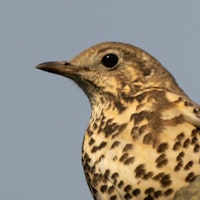
Song Thrush

Sparrowhawk

Starling

Stonechat

Swallow

Tree Creeper

Wren
More pages currently being produced...
Please connect to get updated when new pages are published












